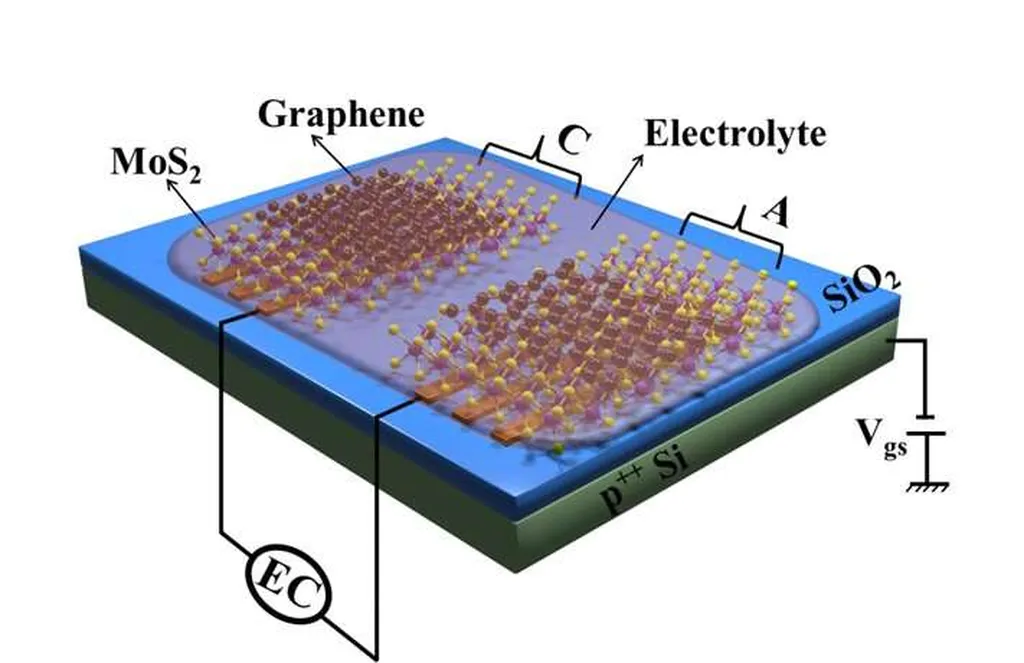Researchers from the State Key Laboratory of Scientific/Engineering Computing at the Chinese Academy of Sciences have made significant strides in enhancing the energy storage capacity of supercapacitors, a type of electrochemical storage device widely used in various industries. Supercapacitors are known for their high power density, which allows them to charge and discharge rapidly, but they typically have lower energy density compared to batteries. This limitation restricts their use in applications requiring long-duration energy storage.
In a recent study published in the Journal of Computational Physics, the team proposed a novel approach to maximize energy storage in supercapacitors by optimizing the electrode structure. The researchers developed a topology optimization model that focuses on enhancing the electrode-electrolyte interface area, which is crucial for improving energy storage capacity. The model is constrained by a modified steady-state Poisson-Nernst-Planck system, which describes the behavior of ions in the electrolyte during electrodiffusion.
To ensure the practical applicability of their model, the researchers established the existence of minimizers for the optimal control problem using the direct method in the calculus of variations. They also performed sensitivity analysis to derive variational derivatives and corresponding adjoint equations, which are essential for understanding how changes in the electrode structure affect the overall performance of the supercapacitor.
The team developed a gradient flow formulation to solve the topology optimization problem, which was discretized using a stabilized semi-implicit scheme. This numerical approach allows for efficient and accurate computation of the optimal electrode structures. Extensive numerical experiments were conducted to validate the effectiveness and robustness of the proposed model and algorithm. The results demonstrated various porous electrode structures with significantly larger electrode-electrolyte interface areas, indicating a substantial improvement in energy storage capacity.
The practical applications of this research are significant for the energy sector. By optimizing the electrode structure, supercapacitors can achieve higher energy density without compromising their high power density. This advancement can lead to more efficient and versatile energy storage solutions, benefiting industries such as renewable energy, electric vehicles, and grid stabilization. The ability to tailor the electrode structure to specific applications can also open up new possibilities for designing customized energy storage devices.
This article is based on research available at arXiv.

